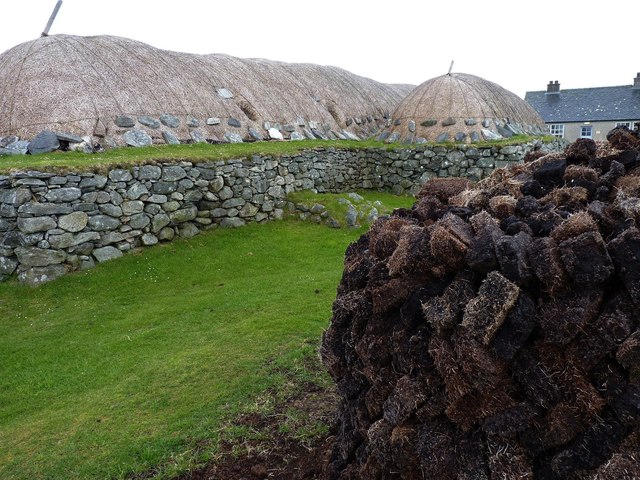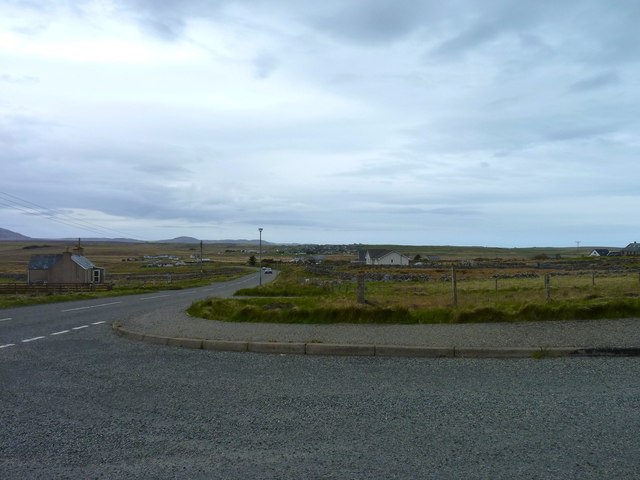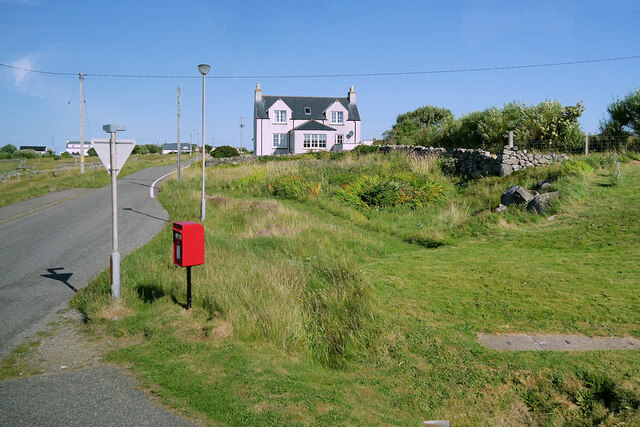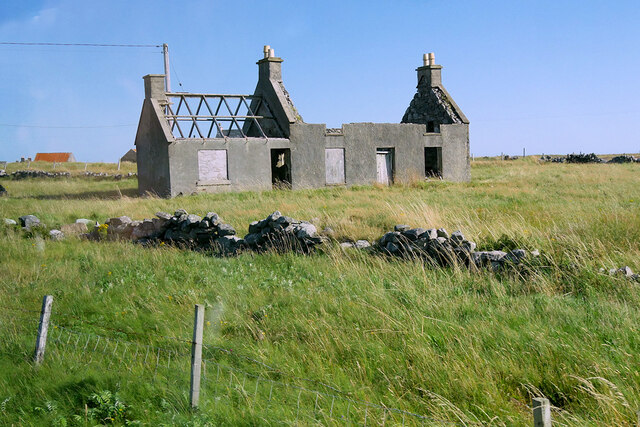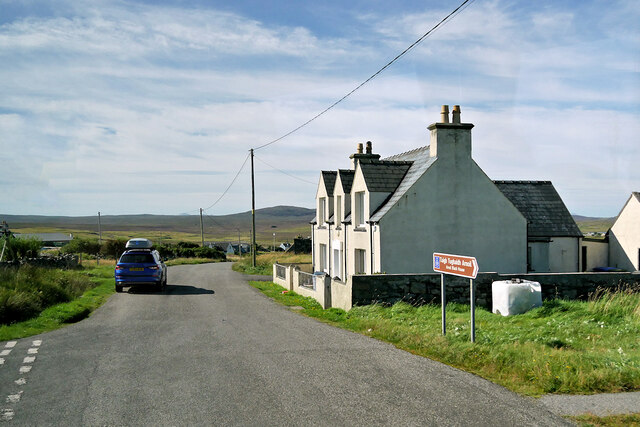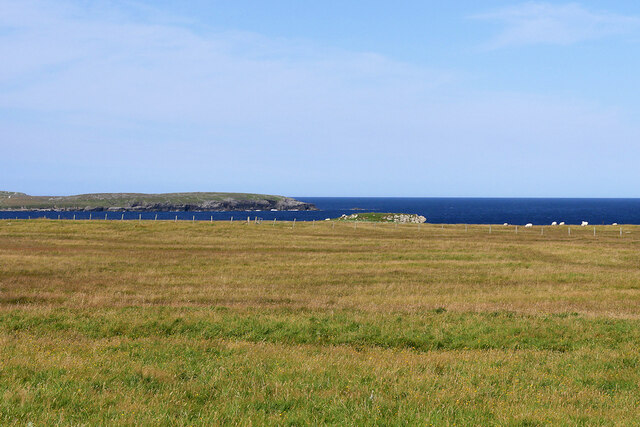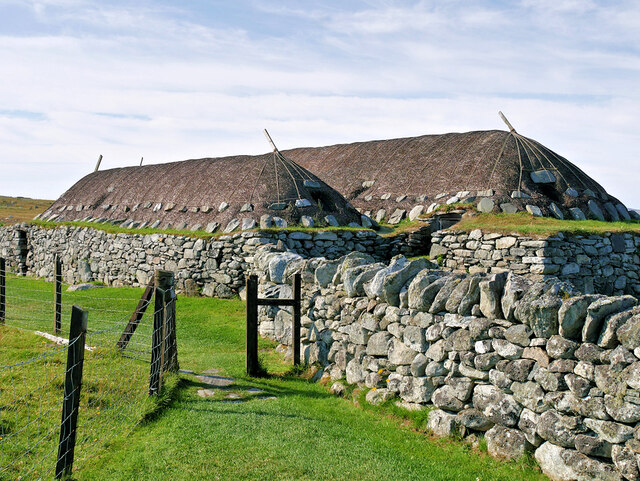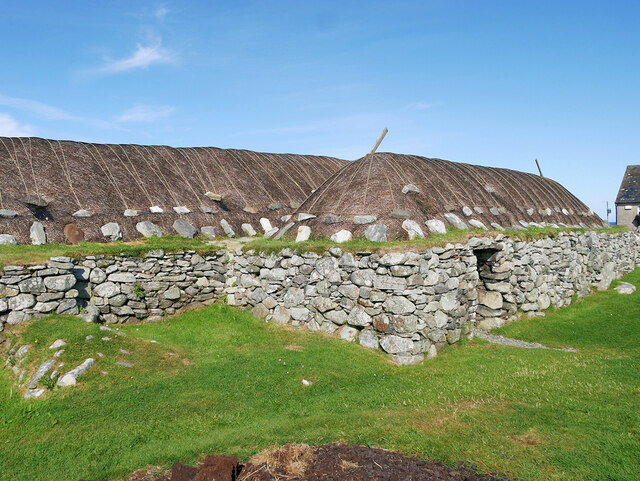Rinn nan Gruban
Island in Ross-shire
Scotland
Rinn nan Gruban
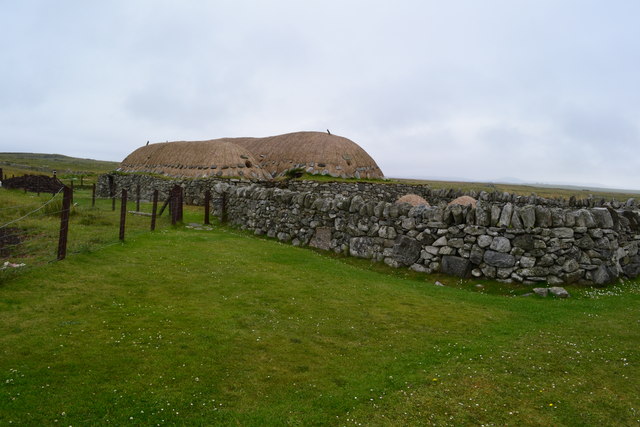
Located in the county of Ross-shire in Scotland, Rinn nan Gruban is a small island that boasts stunning natural beauty and rich history. The island is situated off the west coast of Scotland, surrounded by the clear waters of the North Atlantic Ocean.
Rinn nan Gruban is known for its rugged coastline, sandy beaches, and picturesque cliffs that provide breathtaking views of the surrounding landscape. The island is home to a variety of wildlife, including seabirds, seals, and otters, making it a popular spot for birdwatching and nature enthusiasts.
The history of Rinn nan Gruban dates back centuries, with evidence of ancient settlements and ruins scattered across the island. Visitors can explore these historic sites and learn about the island's past through guided tours and informational displays.
Access to Rinn nan Gruban is limited, with boat trips being the primary mode of transportation to and from the island. This isolation adds to the island's charm, making it a peaceful and tranquil destination for those looking to escape the hustle and bustle of everyday life.
If you have any feedback on the listing, please let us know in the comments section below.
Rinn nan Gruban Images
Images are sourced within 2km of 58.353065/-6.6072335 or Grid Reference NB3049. Thanks to Geograph Open Source API. All images are credited.
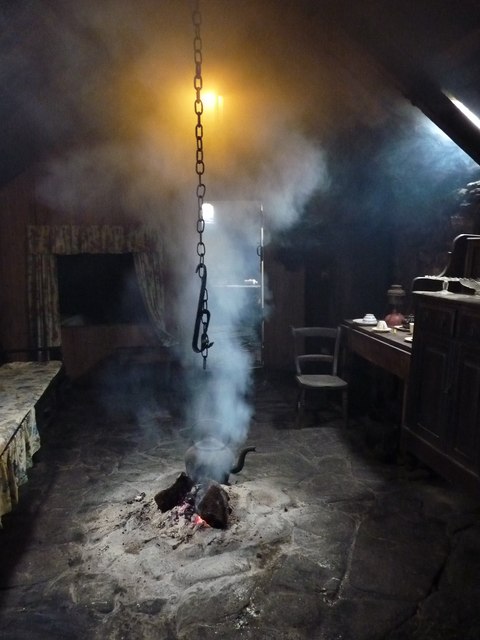
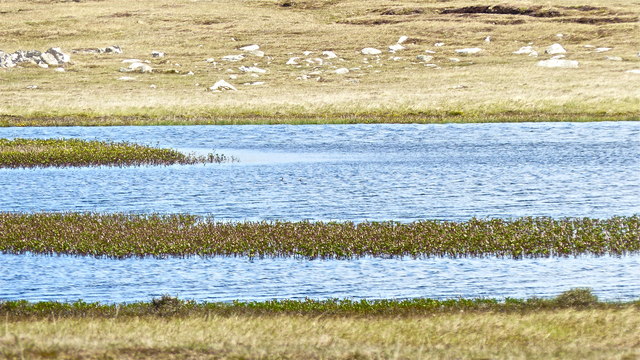
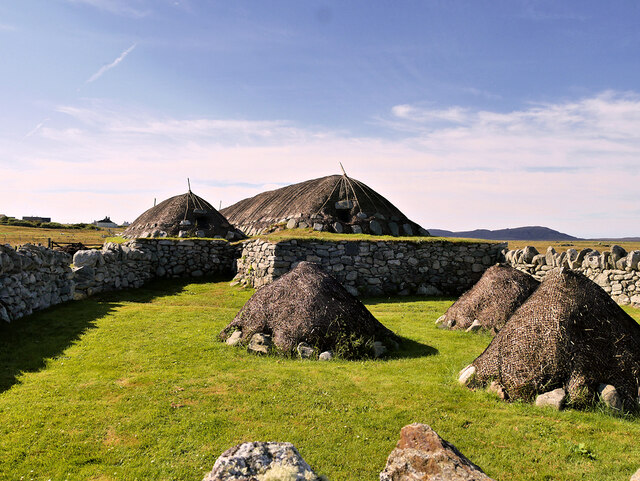
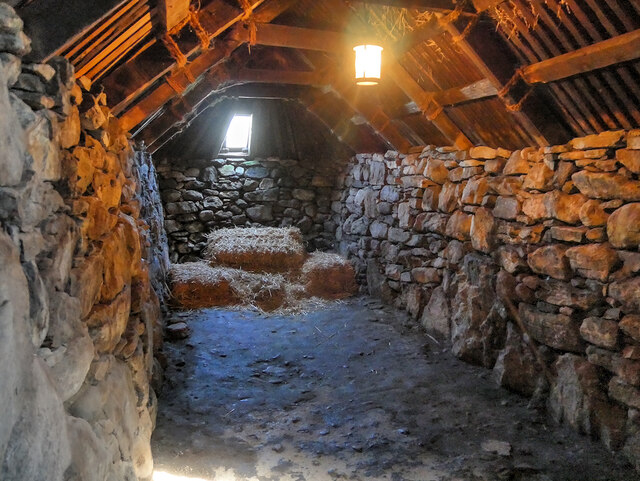
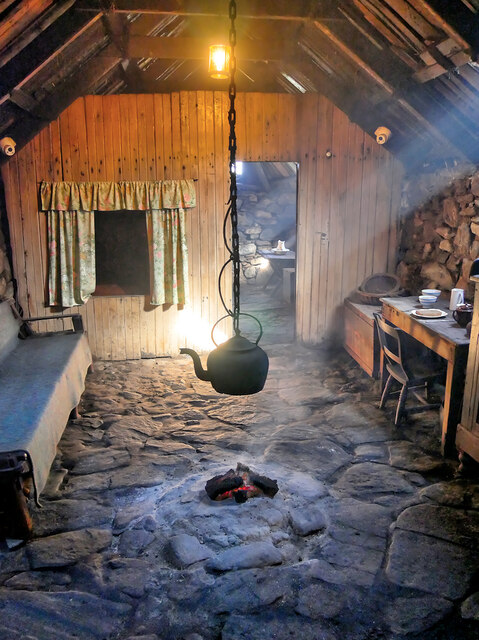
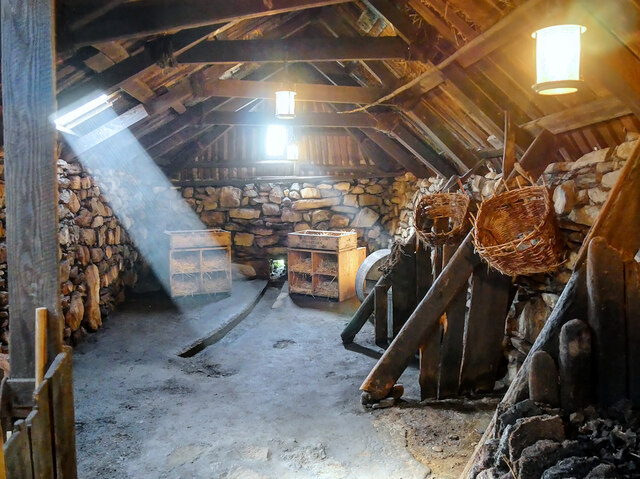
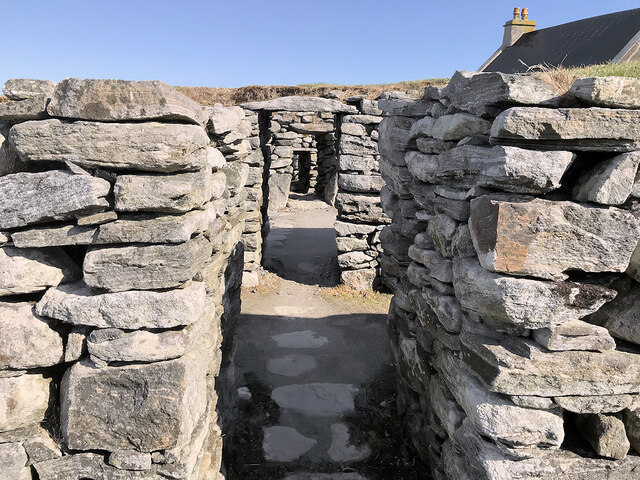
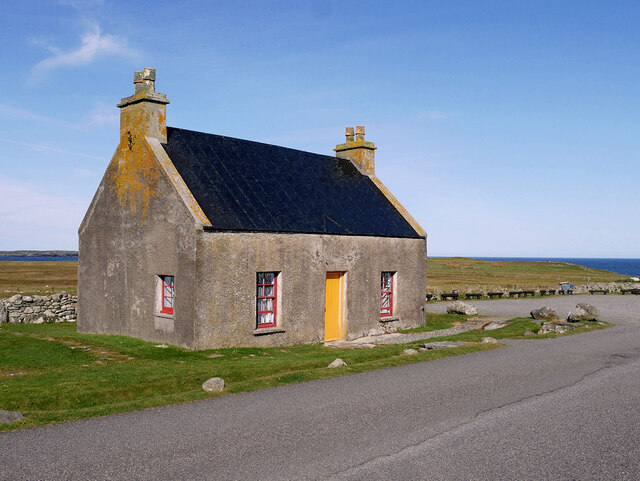
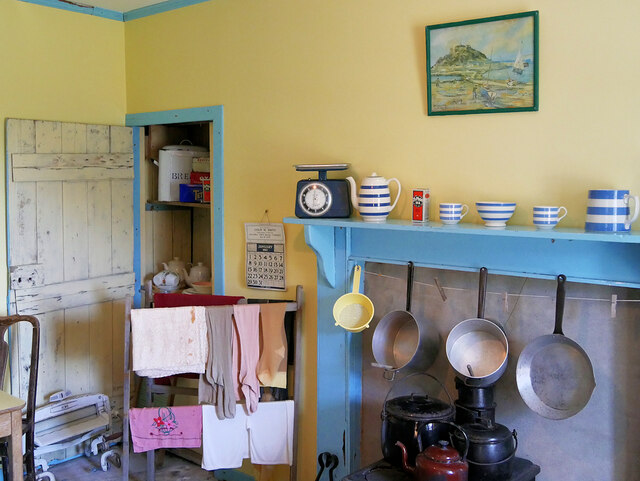
Rinn nan Gruban is located at Grid Ref: NB3049 (Lat: 58.353065, Lng: -6.6072335)
Unitary Authority: Na h-Eileanan an Iar
Police Authority: Highlands and Islands
What 3 Words
///flaking.recap.clearing. Near Carloway, Na h-Eileanan Siar
Nearby Locations
Related Wikis
Arnol
Arnol (Scottish Gaelic: Àrnol) is a small village typical of many settlements of the west coast of the Isle of Lewis, in the Outer Hebrides, Scotland....
Bragar
Bragar (Scottish Gaelic: Bràgar, pronounced [braːgər]) is a village on the west side of the Isle of Lewis in the Outer Hebrides, Scotland, 14 miles (23...
Mullen Bridge
Mullen Bridge is an old bridge crossing the Royal Canal in Maynooth in County Kildare, Ireland. It was built between 1790 and 1800.The bridge used to carry...
Brue
Brue (Scottish Gaelic: Brù) is a village on the Isle of Lewis in the West Side district, in the Outer Hebrides, Scotland. It is a crofting township and...
Related Videos
The Arnol Blackhouse, Isle of Lewis - Photo Slideshow
The Arnol Blackhouse on the Isle of Lewis is a fine example of one of the traditional thatched stone-walled houses that served as ...
𝕬𝖗𝖓𝖔𝖑 𝕭𝖑𝖆𝖈𝖐𝖍𝖔𝖚𝖘𝖊, 𝕴𝖘𝖑𝖊 𝖔𝖋 𝕷𝖊𝖜𝖎𝖘, 𝕳𝖊𝖇𝖗𝖎𝖉𝖊𝖘, 𝕰𝖝𝖕𝖑𝖔𝖗𝖎𝖓𝖌 𝕾𝖈𝖔𝖙𝖑𝖆𝖓𝖉'𝖘 𝕳𝖎𝖘𝖙𝖔𝖗𝖞
Arnol Blackhouse, Isle of Lewis, Hebrides, Exploring Scotland's History A look at the unique construction of blackhouses on the ...
Inside the Arnol Blackhouse, Lewis and Harris
Peat fire inside the arnol blackhouse Edited by YouCut:https://youcutapp.page.link/BestEditor.
Have you been to Rinn nan Gruban?
Leave your review of Rinn nan Gruban below (or comments, questions and feedback).
